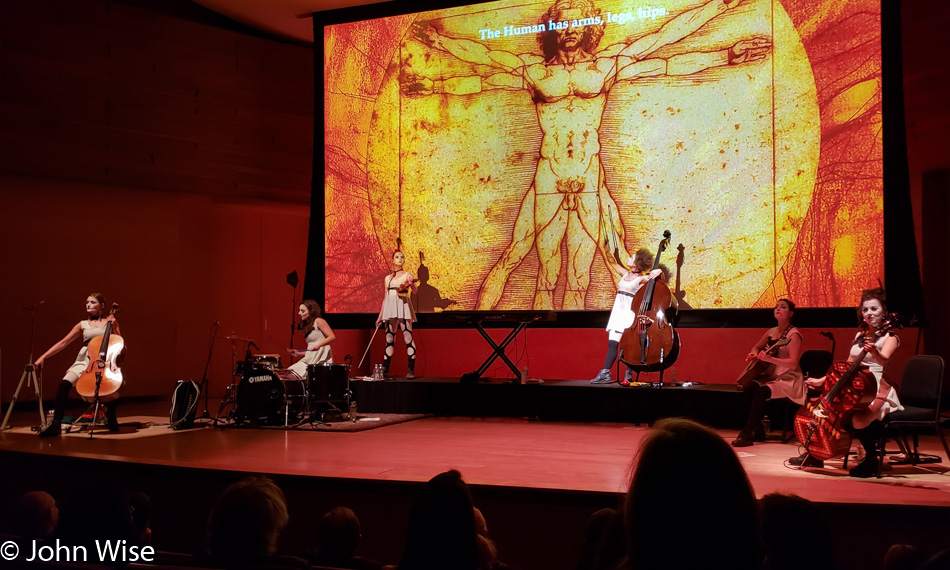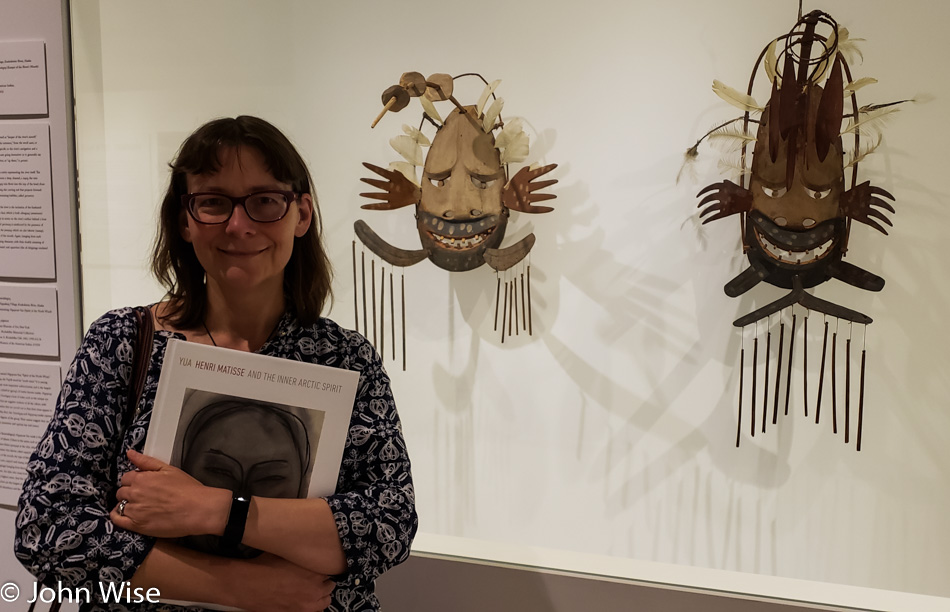
We are like billions of tiny tribes intersecting within the wires and across multiple spectrums. Every day, the mass of humanity ventures into their digital routines where each person will likely come into contact with someone else in their orbit, creating a new temporary grouping. One’s emotional being and physical location, along with the time of day, are partly responsible for stitching the experience and trajectory of what this individual is moving into while going tribal. Whatever free will might be mustered in this exercise is the result of previous experiences and education that has shaped fragments of a persona that is hopefully still acquiring novelty from the potential to gain knowledge. This communication encounter originates out of our primordial experiences and is brought into modernity, where we go into our future slightly altered.
Fortunately, our subjective perception of reality is in alignment with that of many others in our relative proximity, which affords us common reference points. This gives rise to a lingua franca where, even when different spoken languages are encountered, gestures and a few newly learned words will typically suffice, allowing strangers to coexist and even help one another. On the other hand, consider for a moment that the landscape of reality is fluid, and you could step out of a jungle into an arctic landscape, never having before understood that such an environment was even possible; then, crossing back over the same threshold, you might step onto the savanna which would be another new concept to your perception of reality. Your ability to adapt your communication skills might be put to task by such abrupt transitions if words and ideas that describe these rapidly changing perspectives have yet to be learned.
Modernity is shrinking our cultural divides using digital media to allow people across the globe to peek into each other’s universes. From texting, photographs, streaming video, emojis, and social media, humanity has moved closer towards a universal language that looks to be an amalgamation of all previous forms of communication. Consequently, we all learn about realities that were previously unseen by the majority of people throughout history.
How might this continue to evolve? Many people are already using voice recognition, such as Siri, Google, and Alexa, to perform tasks or inquire about information. In the realm of Augmented Reality (AR), it would not be difficult to imagine a heads-up display of words spoken between strangers with a definition offered in the display in case they had not been understood. Similarly, when a person encounters an object they are unfamiliar with, a forward-facing camera could snap an image of the object which would be compared to images in a database until a match was found and presented to the user along with use case scenarios.
Extending this to subjects requiring proper lessons, a student could be guided through the learning processes by a digital assistant with visual representations of the activity or skill displayed to the user in culturally relevant terms.
Instead, it appears we are developing AR for gaming just as we are for Virtual Reality (VR). Why are we pandering to the lowest common denominator? It’s a given by now that in so many ways, games and porn drive industries such as home video in the late ’70s, the internet, and to a large extent, our mobile technology. It seems that porn might be the quickest path to adoption, but is that then supposed to define our ambition, and how would that play into training people for jobs utilizing emerging technologies such as AR and VR?
Maybe technology has been moving at a speed that is asking people to evolve their communication and education skills faster than the beast in us is comfortable with, and so appealing to our carnal desires, we are seducing humanity into change through intimacy. The inherent problem here is that we are then extending consumerism without simultaneously starting the initiative of training future users to be producers. For this next phase of economic prosperity to take hold, a training regimen on the scale of compulsory education that only became widespread in the 19th century is going to have to occur.
We didn’t learn to farm in the cave, nor will we learn digital creation with a swipe or gesture. Storytelling, music, and dance require active participation, and to create a new online electronic universe, we must pull humanity into that reality across the divide. Virtual and Augmented Realities are well suited to viewing and experiencing our baby steps into this new form of data visualization, but at the moment, we are relying on a small cadre of developers to lead the way. We would have never invented rocketry and computer sciences had not a large pool of potential candidates who’d learned the skills required to build those industries made their early efforts.
Just as math and reading skills were essential to the last 200 years of commerce and governance, art, music, writing, and the sciences are going to be required for our path forward. Our current preoccupation with all things absurd is a detriment to embracing our creative sides that are required to harness the complexity at hand. To say we are in need of new tribal leaders found in each and every one of us is an understatement. I ponder far too often the question of what this spark towards enlightenment will be?




